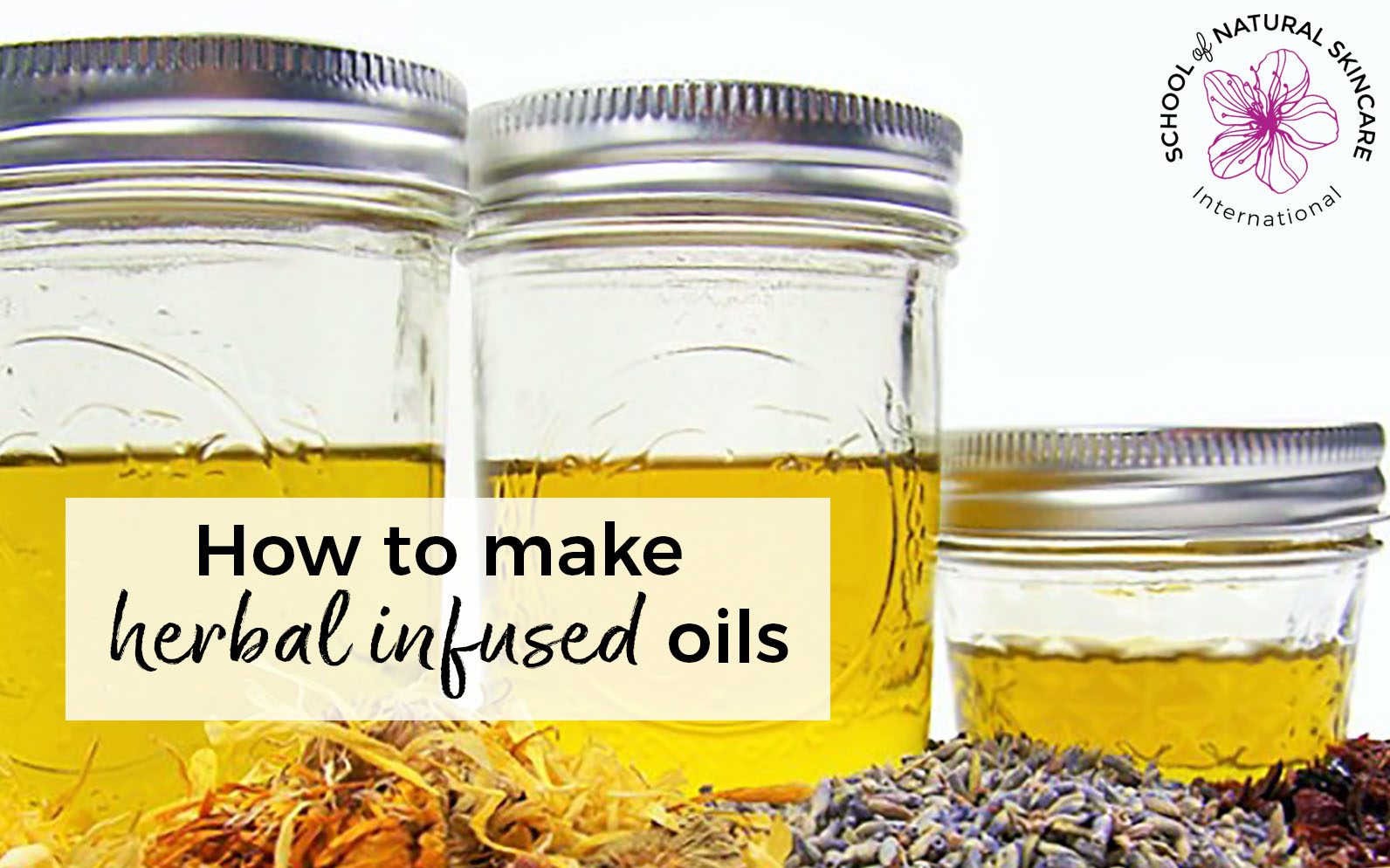Infusing oils with fresh herbs is an easy way to add incredible flavor to all kinds of recipes. The aromatic, herby oils can be used in anything from salad dressings to pasta dishes, roasted veggies to grilled meats. Making your own herb-infused oils at home is simple and lets you customize the flavors.
Why Make Homemade Herb Oils?
There are many great reasons to try your hand at creating herb-infused oils
- Infinite flexibility – choose your favorite herbs or herb combos
- So much more affordable than store-bought
- Allows you to use up fresh herbs before they spoil
- Adds amazing flavor to dishes with just a drizzle
- Makes a great home-made gift for fellow foodies
Virtually any tender, leafy herb can be used to make a flavored oil. Some top options include
- Basil
- Parsley
- Cilantro
- Mint
- Dill
- Chives
- Tarragon
- Oregano
- Marjoram
- Thyme
- Sage
- Rosemary
When choosing herbs, the key things to look for are freshness and vibrancy. Older, dried out herbs will lead to less flavorful oil.
How to Make Herb-Infused Oils
Making herb oil is incredibly easy. There are just two basic steps:
Step 1: Blanch the Herbs
Blanching helps bring out the vibrant green color and flavor of the herbs Simply boil a pot of water and prepare an ice bath, Add your herb leaves and stems to the boiling water for just 10-30 seconds, Then immediately transfer them to the ice bath, This stops the cooking process quickly so they don’t get overcooked
Once cooled, lay the blanched herbs out on a clean towel and pat very dry. You want to remove as much moisture as possible.
Step 2: Infuse in Oil
Next, transfer the dried herbs to a blender, food processor, or mortar and pestle. Add about 1/2 to 3/4 cup of a flavorless oil like grapeseed, sunflower, or light olive oil. Blend or mash into a paste.
Transfer the herb-oil mixture to a clean glass jar or bottle. Store it in the refrigerator for up to 1 week to infuse. Make sure the jar is tightly sealed. Shake or stir the oil daily.
After a week, strain the oil through a fine-mesh sieve, cheesecloth, or coffee filter to remove all the herb solids. Compost the spent herbs. Pour the finished herb oil into a clean bottle and store sealed in the fridge.
Handy Tips for Herb Oils
- For a more delicate flavor, use less herb amount relative to the oil. Start with 1/4 cup herbs per 1/2 cup oil.
- Straining well is important to prevent spoilage and sediment. A coffee filter works great.
- Glass storage bottles help prevent plastic from absorbing flavors/odors.
- Most herb oils will keep for up to 2 weeks refrigerated. Discard if any mold develops.
- Try combining 2-3 complementary herbs like basil-parsley-cilantro or thyme-rosemary-oregano.
- To make thyme, rosemary, or sage oil, quickly blanch the woody stems before blending.
- Adding crushed garlic, citrus zest, mustard seeds, or chili flakes boosts flavor.
- Drizzle herb oils over everything from salads to grilled meats, roasted veggies, pastas, and more!
With the endless herb varieties and oil infusion methods, you can create customized herb oils to enhance any cuisine. Experiment with herb types and combinations to find your favorite flavored oils.
Reduce food waste & repurpose those herbs!
If you are like me, when your fresh herbs start to turn brown, you feel a certain way. Especially if you haven’t used them as much as you had planned (ugh!) Well, guess what?! You now know how to keep those delicate herbs alive for at least three to four days longer. The solution? Herb oil!.
Use whatever herbs you already have

Evidently, basil oil is the most popular of the herb oils in the culinary world. However, I encourage you to try making herb oil with practically any edible herb, such as:
I know that whatever herb you choose will be a winner!
How to Make Herb Oil | Bon Appetit
FAQ
Can I put fresh herbs in oil?
What is the best oil for infusing herbs?
How to make herbal infused oil?
Making an herbal-infused oil consists of three parts: oil, your chosen herb, and heat. You need to choose an oil to be the base. You will infuse the herb into the oil to make your herbal oil. Make sure to use a high-quality, and preferably organic, oil. You can use virgin olive oil, safflower oil, castor oil, argan oil, or coconut oil.
How do you make herb oil?
Make sure your herbs are dried and crushed into small pieces. Weigh the herb and put it in a canning jar. Add the oil to the jar, stir well, and cover with a lid. Infuse the jar using your desired method, shaking or stirring the contents daily. Strain through a fine mesh sieve and store in a labeled jar.
What kind of oil do you use to make herbal oil?
You can use virgin olive oil, safflower oil, castor oil, argan oil, or coconut oil. These can be found at local health stores, grocery stores, or online. Choose your herb. When making your herbal oil, you have to decide which herb or herbs you want to use to make oil.
How do you make a jar of herbal oil?
Place a square piece of natural waxed paper on top of the jar, then seal jar with a lid (this protects the herbal oil from any chemical coating that may be on the lid). Roll jar back and forth in your hands to continue to thoroughly mix the herb and oil.
- The Ultimate Guide to Growing Strawberries in Raised Beds - August 8, 2025
- No-Dig Garden Beds: The Easiest Way to Grow a Beautiful Garden - August 6, 2025
- How to Protect and Preserve Wood for Raised Garden Beds - August 6, 2025

